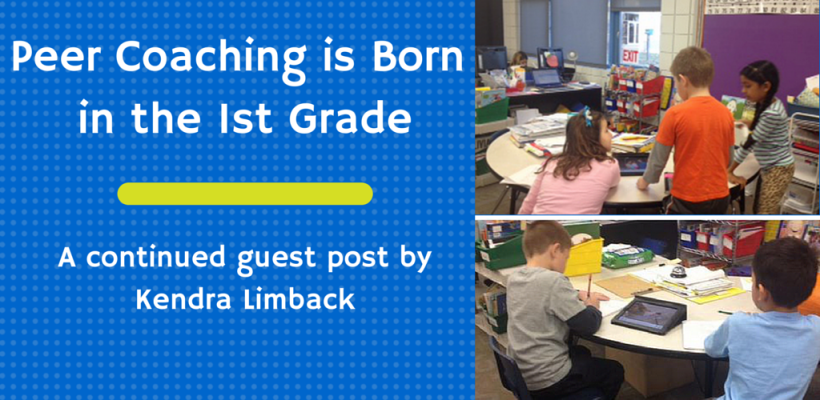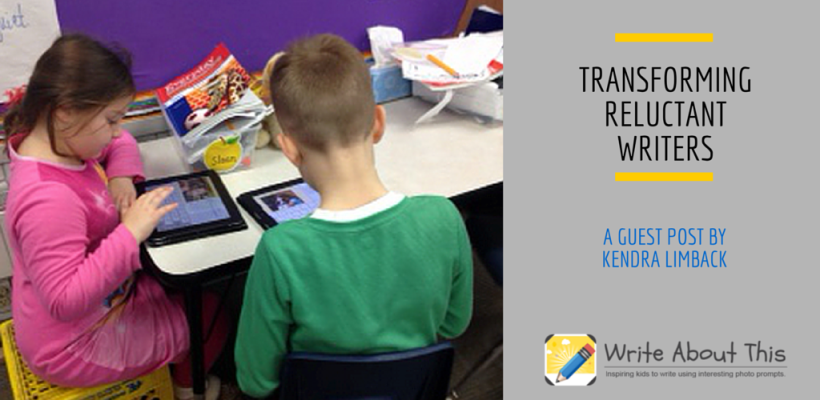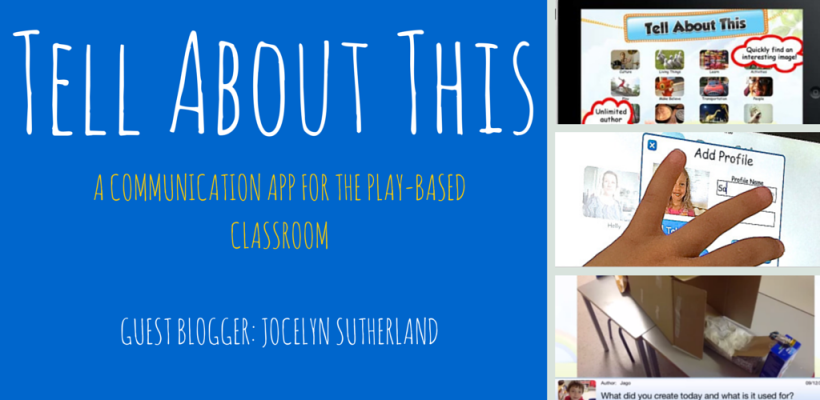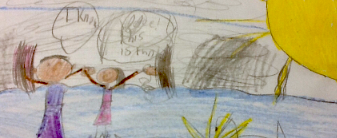Kendra Limback is a 1st grade teacher in Iowa and can be found on Twitter at @KendraLimback.
One of my favorite parts of being an educator? The part where I get to try new techniques, tools, and collaborate with others on the art and science of teaching. As a first grade teacher, I’m asked to provide a balanced literacy approach with both whole class teaching, time for independent practice, and guided practice for the students each day. I draw my inspiration for literacy from heroes such as Marie Clay, Fountas and Pinnell, Donalyn Miller, Debbie Miller, Lucy Caulkins; my list could go on and on. My vision for my classroom? An authentic, joyful space where exploration and authenticity are encouraged.
I’ve been blessed to work in a district that is open and encouraging with technology use. I have a laptop I’m allowed to use as a resource to create and use as an educator. I also have a set of iPads for a small group, and access to a 1 to 1 laptop cart. My goal is a classroom where the technology use is authentic. Students are creating and not just consuming all the time. An authentic place where digital work is honored in the literacy block. Enter the Write About This app.
Reluctant Writers
Early in the fall, I had many writing samples that looked like this:

(Lots of interest in Pokemon this year)
These were capable writers. Writers who wanted to be done writing. Yesterday. But I so desperately want my students to see that they have important stories to tell and I don’t want them ever to want to be done.
This fall, we transitioned into using Write About This consistently, and I immediately noticed more engagement, a curiosity about using an iPad for writing, and students connecting in ways they hadn’t before.
After learning how to use the the app, the student who wrote the writing sample above is so engaged in the work he’s doing, he turns out pages of writing at a time that looks like this:

“I went to the blue berry patch with my mom. I got snacks too. I went on a tractor ride. When I got home we ate the blueberries all up.”
My heart sings as a teacher for two reasons:
1. The kids are telling their stories.
2. Immediately after using this app, I noticed students treating themselves as writers. They are engaged in the writing, and want to tell more.
A Word about Digital Writing
As students learn to create digital writing, Write About This has been there to get us started in the right direction. They are creating, returning to, editing, and revising work.

We are learning so much from Write Abouts like this. I can teach her how to use periods and consider editing on a digital platform. (She uses them in her writer’s notebook.) We can talk about if following the prompt is important. (I love the voice in this piece!)
In the end, as I strive for authenticity in my classroom, Write About This will be a part of the framework as we move forward.


















No Comments